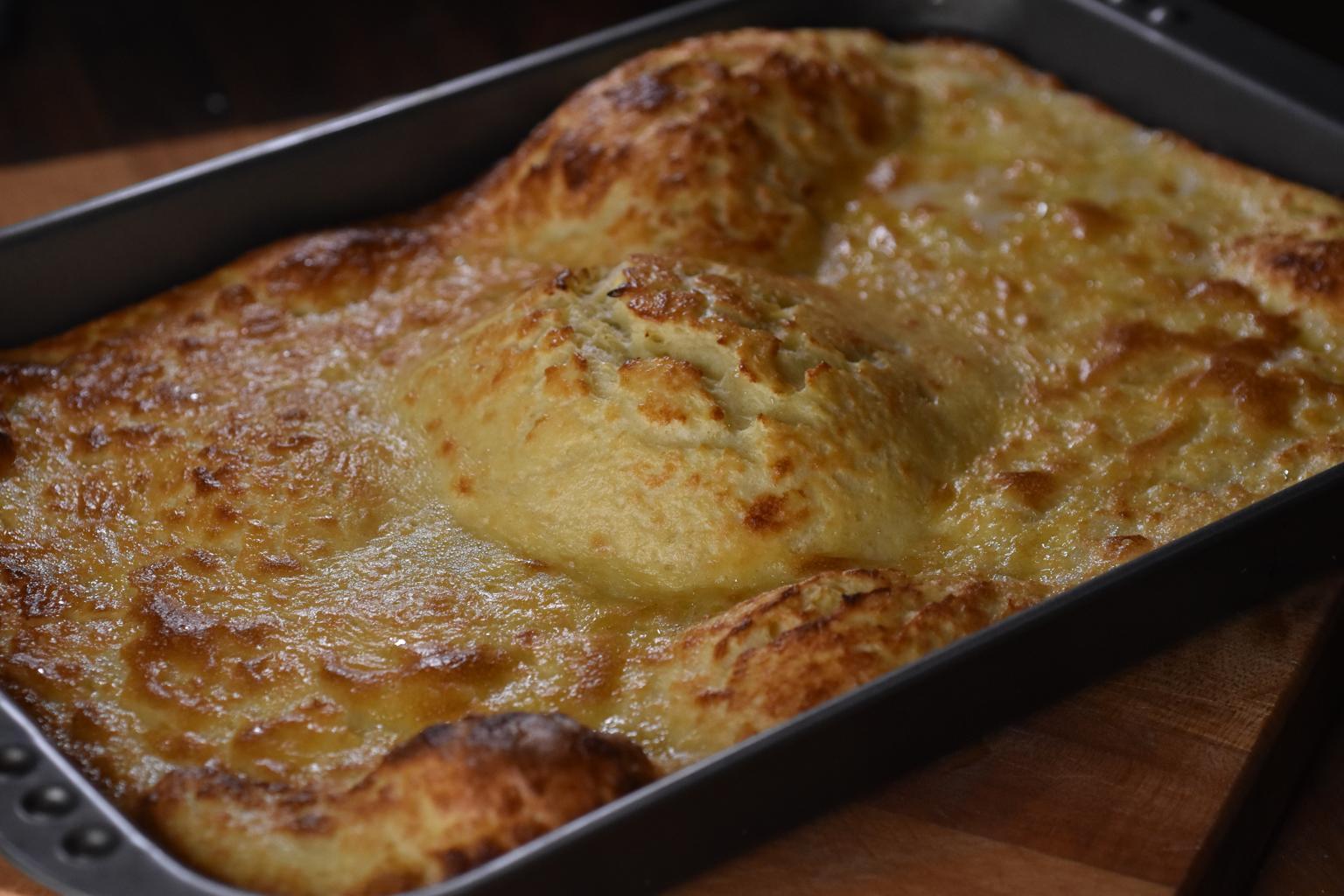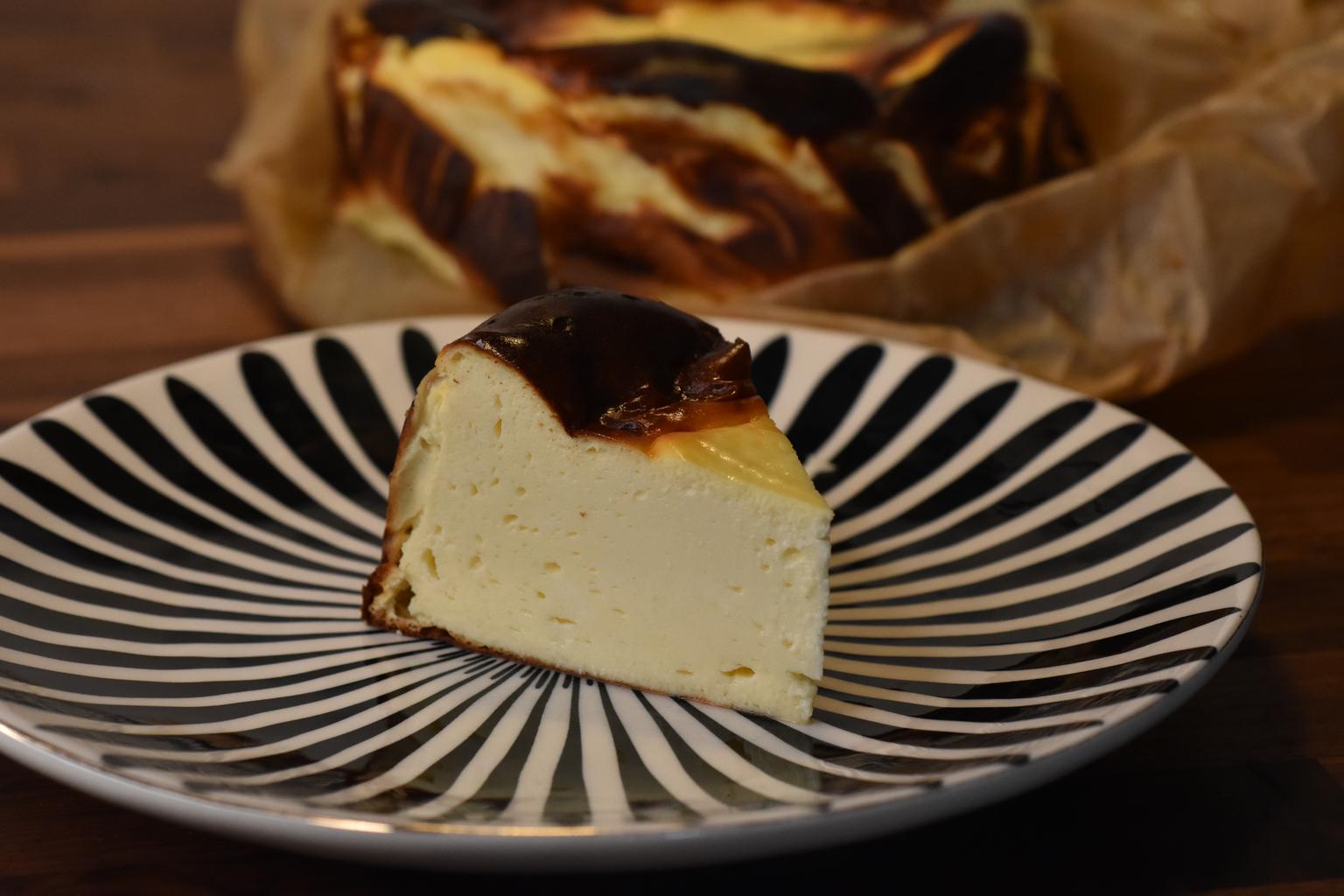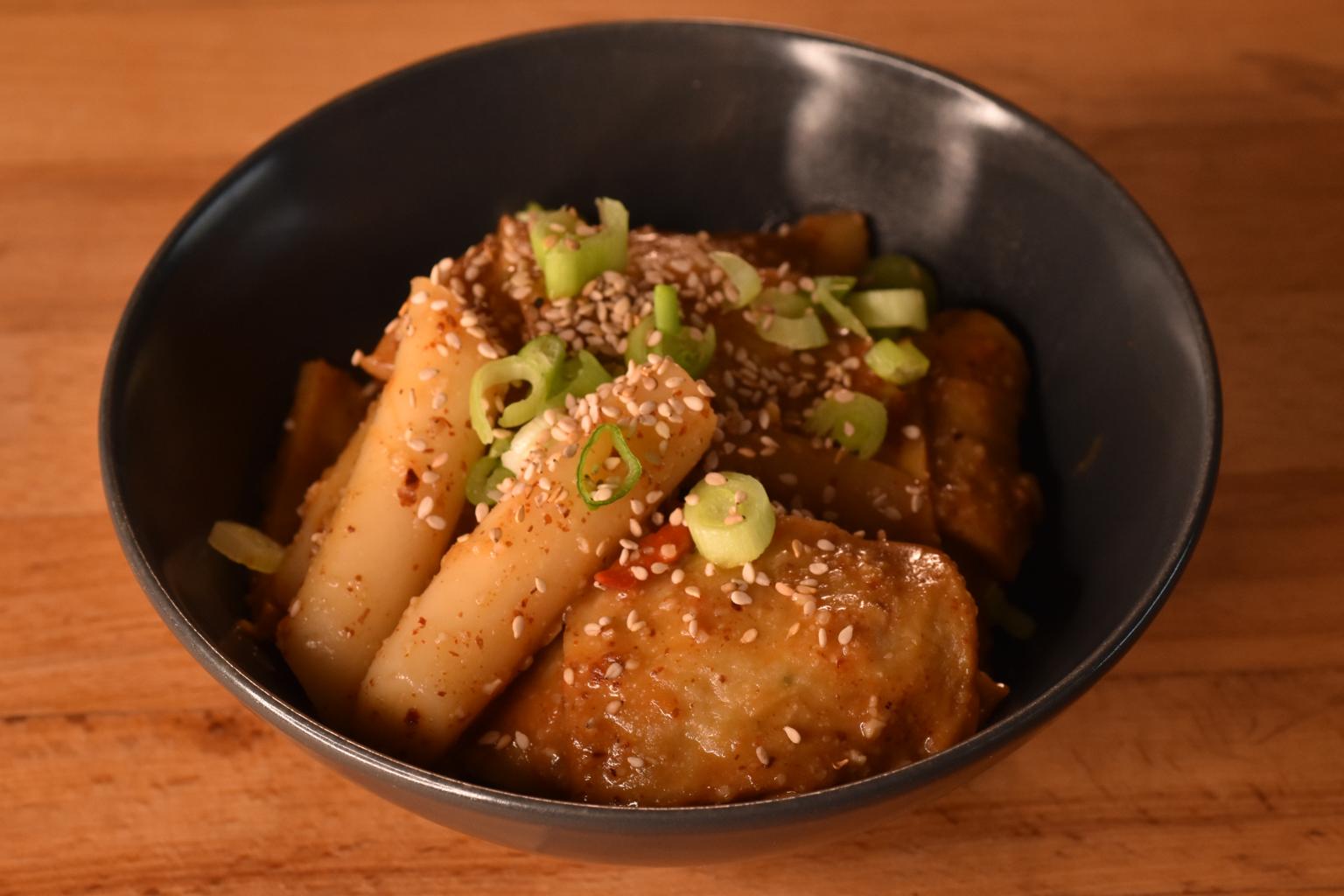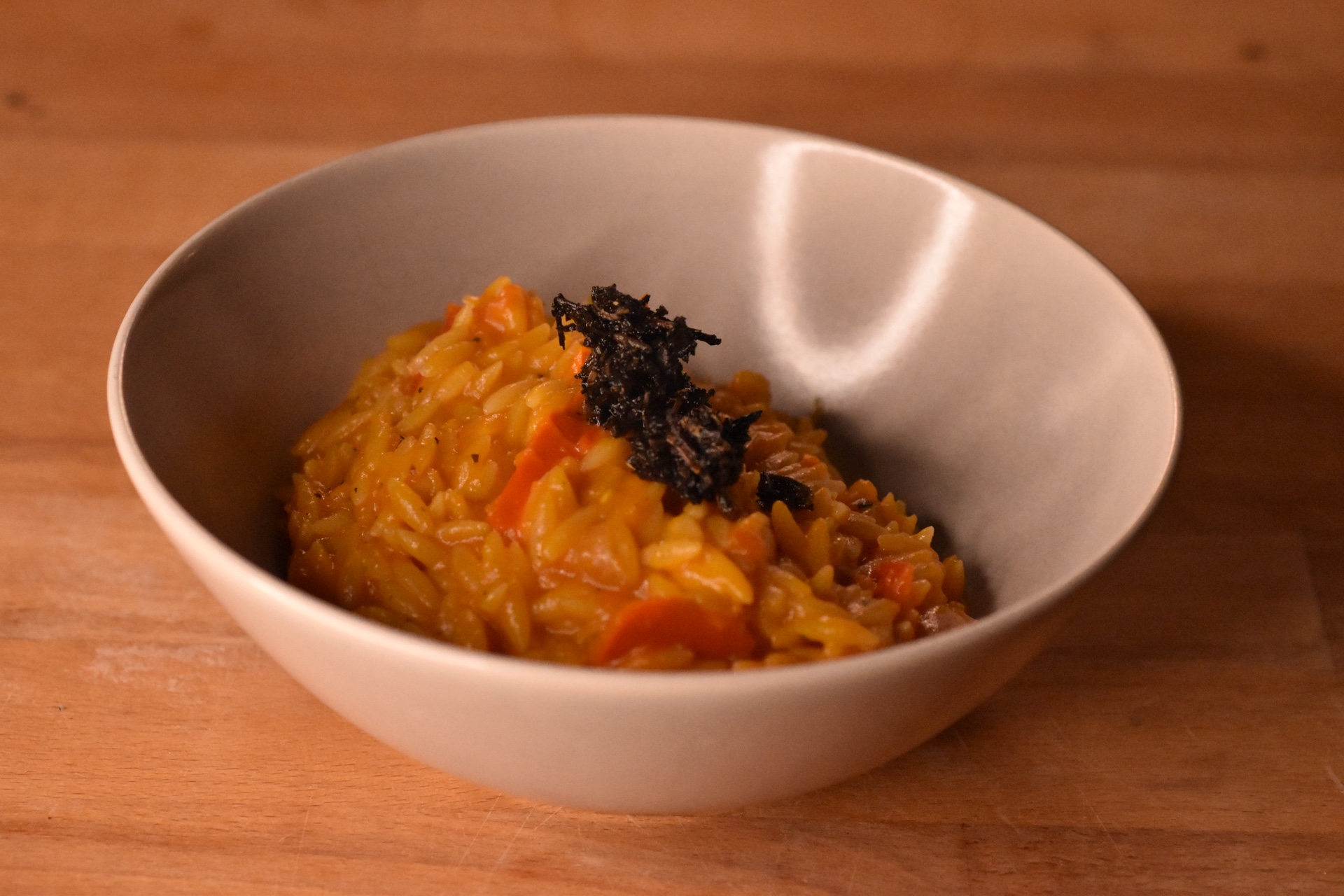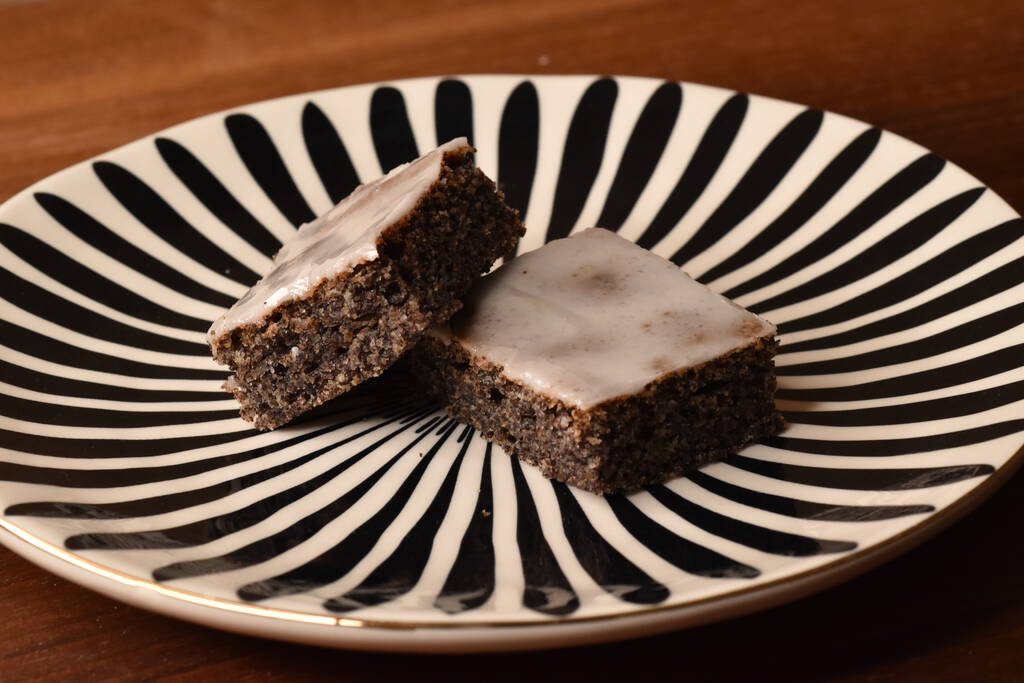
Hazelnut cream, commonly known as nutella, is actually quite easy to make yourself. At least if you have a good food processor or blender at home.
There are tons of variations that you can do to spice up this recipe. Add a bit of honey, chili or a dash of cinnamon. The possibilities are endless. Though it is good to have a base recipe at hand to start with.
Ingredients
- 200g hazelnuts
- 20g vanilla sugar
- 100g dark chocolate
- 1/2 seeded vanilla bean
- optional: dash of salt
Instructions
Roast the hazelnuts on a baking tray in a preheated oven at 150 degrees for about 10-12 minutes. You should see the outer skin rip open on most of them, without the inner getting dark.
Place them in a kitchen towel and rub them to peel of the skin. I usually repeat the process while cleaning the towel in between. It does not matter if there are some nuts with skin on, but the more skin you blend in your nut cream the more roasty the taste will be. Let them cool down and add them to your blender.

Note: the quality of the nuts does not only affect the taste, but also how easy it is to peal them. This batch was done with low quality nuts and I ended up with quite some skin in my cream.
If you want the cream to be super smooth, blend the hazelnuts alone first until smooth as possible. Add all other ingredients and blend them together. If the cream gets hot, take a break, let it cool down and go ahead afterward.
Fill the cream in glasses. I usually eat my batches within a week. I never had a batch gone bad even when keeping it out of the fridge, even during summer.
Tips
Not all hazelnut creams have to be super smooth. Stop at any time and check if you prefer the taste with some pieces of nuts left inside.
If your hazelnuts do not peel well the creams taste usually gets a bit more dark and bitter. A dash of salt helps a lot to counteract this taste.
Peeling Life Hack
This is a pretty hard abuse of my kitchen aid and you should not do that if you are not sure that your machine can handle it. But you can use it to peel the nuts pretty easily. Note that a lot of the nuts will break (which does not matter for the cream but may be a pain to sort our afterward).
Warning: this might harm your machine, so do this at your own risk!

Though there is another hack for easier separation of the nuts and the hulls:
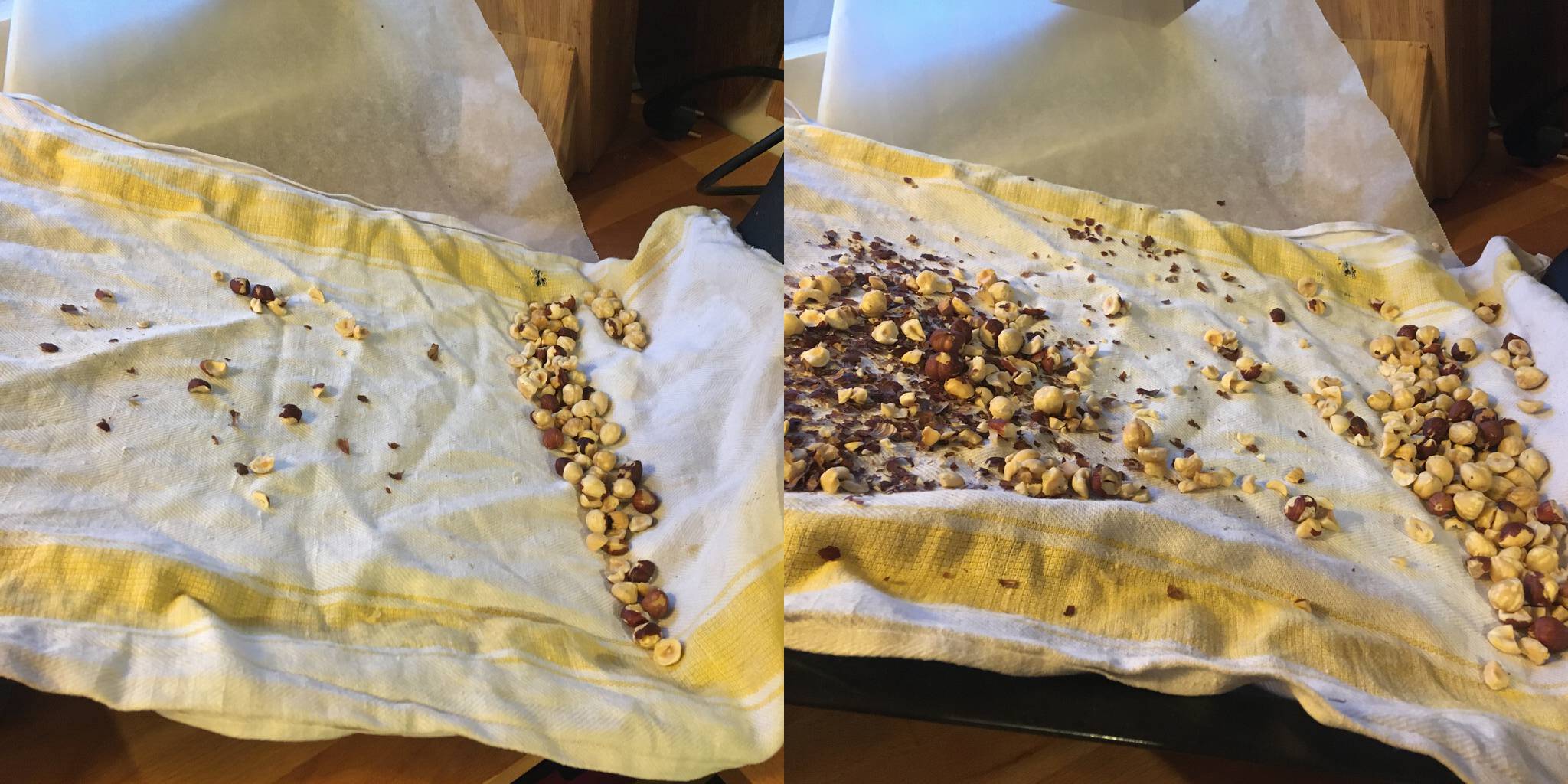
Place a baking tray on a light angle and cover it with a very lightly wet towel. Poor some of the nuts on the top part of the tray. The nuts will roll down though the hulls will stick to the towel.
Variations
There are a lot of possible combinations to add to the base cream as well as to tune it towards specific use cases. For testing new variations I would suggest to first create a portion of the base recipe and only using parts of it to test additional ingredients rather than adding them directly. This way you can fine tune without waiting much in case something goes wrong. I usually take 10g portions of the base recipe and mix in different amounts of new ingredients afterward to get a feel for it.
Coffee
Adding very fine ground coffee will take this topping into a new direction. It will (seemingly) reduce the sweetness and introduce a quite pleasant darker note to it. The amount of coffee is quite up to your liking, note however that you should not aim to actually taste the coffee. At this point you added way too much. If you do not have really good beans, don’t waist your time and rather try some other variant. Also note that coffee gets stale quite fast. This is also true for this recipe and you should use the mix rather fast or just add coffee to the base cream once actually need it.
Note: The taste of ground coffee gets more intense after a few hours. So rather go slow.
Orange Peel
Dried orange peel adds a very nice fruity touch to the hazelnut cream. Again I like the taste to be very decent. This variation is perfect for usage with Palatschinken or similar desserts.
